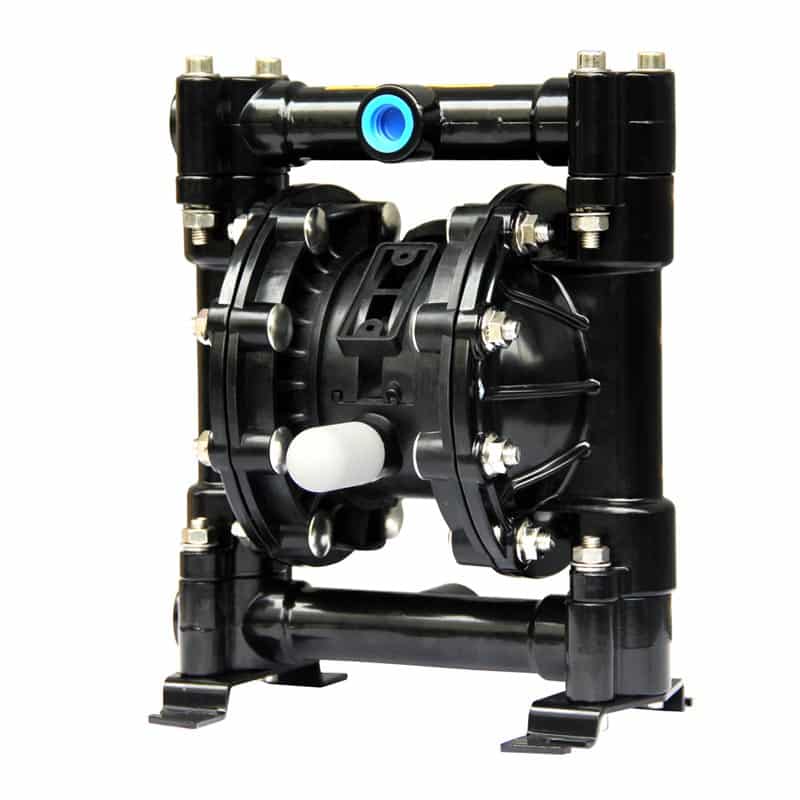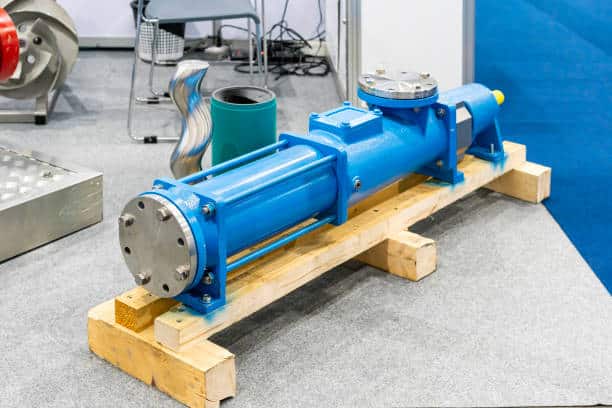Pump Maintenance
Pump maintenance is critical to ensuring the efficient and reliable operation of pumps in a wide variety of industries, from water treatment plants to manufacturing systems, and proper maintenance helps prevent unexpected breakdowns, extend the life of pumps and improve their performance.
Types Of Pumps
Centrifugal pumps: Move water or other fluids by means of a rotating impeller, commonly used in the water, oil and chemical industries.
Positive displacement pumps: These pumps move a specific amount of fluid per cycle and are used in applications that require precise fluid transfer.
Diaphragm pumps: Commonly used to pump fluids containing solids or viscous materials



The Importance of Pump Maintenance
- Reduced downtime: regular maintenance reduces the likelihood of pump failure and ensures smooth operation.
- Improved efficiency: Proper maintenance keeps pumps working at optimum efficiency, reducing energy consumption and operating costs.
- Extend service life: Regular inspections and maintenance can detect problems early, prevent costly repairs and extend the life of the equipment.
- Prevent contamination: For pumps that handle food, chemicals or pharmaceuticals, keeping them clean is key to preventing contamination.
Critical Maintenance Activities
| Maintenance Activity | Description |
| Visual Inspection | Check pumps, seals and piping for signs of leaks, rust or wear, and watch for unusual vibrations or noises. |
| Performance Check | Monitoring parameters such as flow, pressure and temperature |
| Alignment Check | Ensure that the pump and motor are properly centered to avoid excessive wear on bearings and shafts. |
| Lubrication | Regularly lubricate bearings, shafts and seals to reduce friction and prevent overheating. |
| Oil Change | Regularly change the oil and check it for contamination or degradation. |
| Cleaning | Regularly clean the inside of the pump depending on the type of liquid being pumped |
| Seal Maintenance | Periodically check seals for wear or cracks and replace as necessary. |
| Vibration Monitoring | Identify potential poor alignment, cavitation, or internal damage. |
| Noise Monitoring | Check for unusual noises that may indicate pump cavitation or bearing wear. |
| Bearing and Shaft Check | Regularly check bearings for wear |
Table of Critical Maintenance Activities
Preventive Maintenance Program
DAILY: Check operating conditions, watch for unusual noises, check for leaks.
Weekly: Check fluid levels, lubricate bearings, monitor performance.
Monthly: Clean pumps and suction lines, check seals, alignment, perform vibration analysis.
Quarterly: Replace worn seals, gaskets or filters, inspect and clean motor and cooling system.
Annually: perform a complete inspection, clean the entire pump, replace worn parts, check electrical connections.
Summary
Regular pump maintenance is critical to ensuring reliable performance, minimizing downtime and extending equipment life. By following a consistent maintenance program, identifying potential problems early and addressing them proactively, companies can keep pumps running efficiently and avoid costly repairs. Whether it’s a centrifugal, positive displacement or diaphragm pump, regular inspections, lubrication, cleaning and component checks are key to keeping pump equipment running optimally.
AOBL is a company specializing in the manufacturing of pumps and equipment, offering a wide range of pumps to meet the needs of different industrial sectors. Welcome to contact us for customized solutions.

